All organizations want to have a website that connects with their audience. Imagine how much more impact you could have on the activists, donors, volunteers, and policymakers you seek to influence, if your website content rocked. Having compelling stories backed by facts and data can energize your grassroots efforts by inspiring your audiences and helping them identify with your organization. Sadly many organizations’ website content sucks.
While you can’t turn a website filled with mediocre content into a compelling website packed with great stories overnight, you can certainly take immediate steps to make your content better. Here are five tips to start rocking your website content planning.
Define 3-4 Website Goals
Before you answer this question – I want you to reframe from saying that your number one goal is to raise money unless your organization is a crowdfunding platform. Why? Because your website does not solely exist to raise money from your constituents. Could it be one of several goals? Absolutely, but it’s not the main goal. It’s also important to note that only about 8% of donations are still given through online channels.
Once you define your top 3-4 goals (which are different for each organization), then you can produce website content that is centered on these core goals. I also suggest you print out these goals and post them around the office so everyone in the organization remembers these goals. Turn it into a fun poster or an infographic. Write it on big yellow sticky notes. You may think this is silly, but trust me it’s not. The average person needs to see things at least 7x before they remember it. J This will also help you weed out the content that someone, somewhere in the organizations thinks must be posted to your website even though it has nothing to do with your core goals.
Adapt Your Writing Style For The Web
Everyday I get to work with highly respected researchers and policy folks who are using their skills to fight for real social change on the ground. They constantly inspire me. However, when they write for the web, they don’t adapt their writing style to the web. Their content reads more like an academic paper or research to support legislation. Unless your audience on the web is a small group of academics or policy people on the Hill, your activists, donors, and volunteers will tune out. Web content needs to be presented into short digestible chunks of information that people can quickly read (or skim) and understand. Use headings and lists so that the main points of information you are trying to convey can be easily read by scanning the page.
Make Information Easy To Find
An important part of your website planning will be reviewing your information architecture. This is one of the most important items my firm Rad Campaign assesses with nonprofits when we are first beginning a website redesign. The architecture should be optimized to help your target audiences easily access the most important content and information and to further the organization’s core goals.
Understanding your website metrics should also be part of this exercise. Review your Google Analytics (or similar analytics system) to determine what are the most trafficked pages. Do those most trafficked pages lineup with your 3-4 website goals? Examine why or why not. What are your bounce rates on the homepage and key landing pages? If your bounce rates are very high (say 70%) then your audiences are sending you a clear signal that your website content is not resonating with them or they may not be able to easily find the information that they are looking for.
Develop an Inclusive Editorial Calendar
Despite nonprofit’s struggling to break free from departmental silos, the truth is silos very well still exist. In fact, they are extremely prevalent when it comes to website content. Producing web content should not come from just one person or one department, though having 1-2 website editors to edit the content is strongly recommended. Establishing an editorial calendar that focuses on the organization’s 3-4 core goals will help set your website up for success. It will also help to coordinate the timing of all of your external communications with your constituents so that website campaigns, email alerts, online fundraising appeals, SMS, and direct mail are all synchronized and working together rather then competing with each other. When developing an editorial calendar, I recommend assigning content to at least one representative from each department within the organization. This will make creating content a lot more manageable.
Writing content for your most public facing communications online should not be seen as an extra chore. Your organization may need to spend time building the case for this investment if many staff feel it’s not their responsibility. We’ll share some tips on this topic next week, so check back or subscribe to our blog here so you don’t miss it.
Provide Easy Opportunities For People To Get Involved
When you start implementing these tips, you’re content is going start resonating more with your audience and they will want opportunities to get more involved with your organization. This can be in the form of a petition, pledge, RSVPing to an offline event, sharing an awesome infographic, volunteering, donating money to fund a specific initiative, etc.
Experiment And Test (Bonus Round)
Experiment with different types of content. Don't be so focused on one area like blogging. Try creating humorous or provocative memes, launch fun interactives or contests, post one question polls where your audience has an opportunity to give their opinion.



